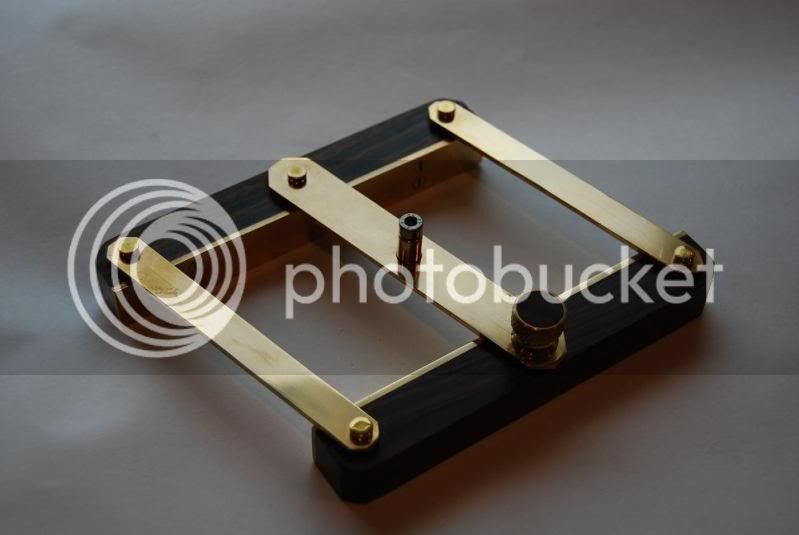woof
Established Member
Happy New Year everyone. I have a very basic question to ask. When I use my Leigh FMT to make mortice and tenons, I find absolute centre marking with squares almost impossible to achieve - 1mm is the closest. Although this does not matter with the FMT provided you use the same sides, it would be nice to be spot on for accuracy.
What marking/measuring tools do you use to be spot on in dividing a rail or style end (thus works on end grain and long) and provide the most accurate centre point?
Thanks in advance, Mark
What marking/measuring tools do you use to be spot on in dividing a rail or style end (thus works on end grain and long) and provide the most accurate centre point?
Thanks in advance, Mark




